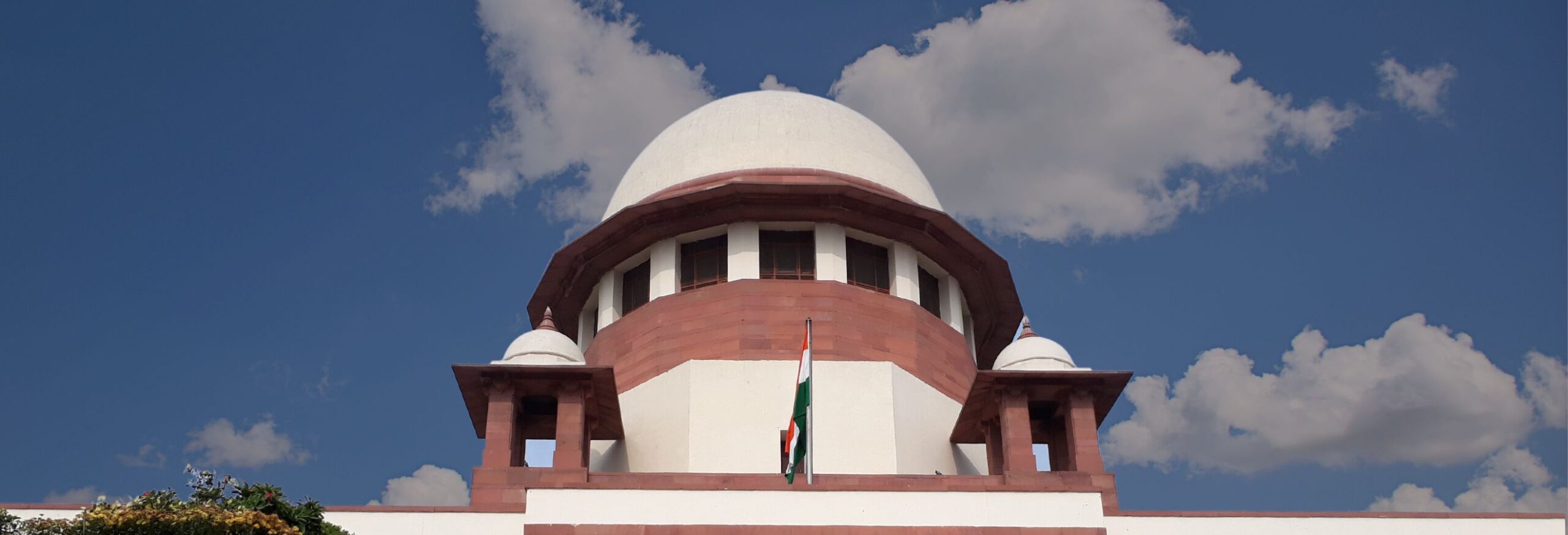Analysis
Long SC Vacations: Wasteful or Crucial for Quality of Justice?
With 68,000+ cases pending at the SC, many criticise it for its 6-7 week summer vacation. This break, however, might be crucial for its work

At this year’s India Today Conclave, when Chief Justice D.Y. Chandrachud was asked about the criticism against the SC’s long vacations; he appeared almost relieved to have finally had a chance to explain his views. He thanked the host for the question, armed himself with statistics from top Courts around the world, and began to explain this ‘serious issue’.
The hours spent in Court, between 10:30 AM to 4:00 PM, he said, were a ‘fraction of the work’ Judges do. The rest of the time they read and prepare for around 30-40 cases heard each day in every courtroom. Judges typically dictate Judgements on Saturdays and use Sundays to prepare for the coming week. ‘Without exception’ he said, ‘every judge of the Supreme Court works for seven days a week.’
The Supreme Court of India is in session around 200 days a year. It typically takes a week off in March for Holi, a summer vacation of 6 or 7 weeks in May and June, about 2 weeks in October for Dussehra and Diwali, and about 2 weeks in December for Christmas. The exact number of days changes every year.
CJI Chandrachud’s eagerness to give this clarity may stem from the criticism judges have faced time and again. Most recently, members of a standing committee on personnel, public grievances, law and justice stated that long vacations impede speedy disposal of cases. Calling it a ‘colonial concept’ many members of Parliament view long vacations as a contributing factor to the startling pendency of cases in India. With 68,745 cases pending as the Court closed in May, this concern may not be without cause.
Last December, former Law Minister Kiren Rijiju commented that long vacations were inconvenient to ‘justice-seekers’. In March this year, he took a more sympathetic approach, remarking that judges, with their judicial and administrative burden year round, have ‘huge mental pressure’ and need a ‘release’.
Both CJI Chandrachud and Mr. Rijiju compared India’s top Court to its foreign counterparts. This comparison gives perspective on our SC’s schedule. The Indian SC is scheduled to assemble throughout the year, and hears cases for about 200 days. Any break in SC proceedings comes in the form of vacations. In contrast, the US Supreme Court is scheduled to assemble for only 80 to 100 days a year. The Australian High Court assembles for about 100 to 110 days a year. Singapore’s top Court is in session for about 145 days a year. The UK Supreme Court sits roughly as often as the Indian SC.
CJI Chandrachud added that there is more to the value of vacation than what the statistics indicate. It gives judges an opportunity to think through cases, read the law, keep abreast with developments in other jurisdictions and think about ‘where you want our society to be’. Without this, he argued, ‘you are not going to have quality of justice.’


